Advantages of GPT (Generative Pre-trained Transformer):
- Language Generation: GPT excels in generating coherent and contextually relevant text. It can produce human-like responses, making it suitable for chatbots, conversational agents, and content generation applications.
- Pre-trained Language Models: GPT models are pre-trained on a large corpus of text data, enabling them to learn general language representations and capture various linguistic patterns and structures. This makes GPT a powerful tool for downstream tasks with fine-tuning.
- Creative Writing: GPT’s ability to generate text allows for creative writing applications. It can generate stories, poems, or other forms of written content, providing inspiration and assisting with content creation.
- Adaptability: GPT can be fine-tuned for specific tasks, making it adaptable to various NLP applications. By adding task-specific layers and training with labeled data, GPT can be tailored to perform well in specific domains or tasks.
Disadvantages of GPT:
- Lack of Control: GPT’s generation process is based on unsupervised learning, which means it may lack control over the specific content or style of generated text. This can lead to potential issues with biased or inappropriate responses.
- Contextual Understanding: While GPT is capable of generating contextually relevant text, it may not always fully understand the context or nuances of the input. This can result in occasional inconsistencies or errors in the generated output.
- Length Limitations: GPT models have limitations on the length of generated text, typically up to a certain number of tokens. Generating very long or detailed responses can be challenging, and the quality of the output may degrade as the response length increases.
Next Steps for ChatGPT:
ChatGPT, as an iteration of the GPT model, has already shown significant advancements in conversational AI. However, its next steps would likely involve addressing some of the limitations and challenges. Here are potential areas of improvement:
- Control and Fine-grained Response: Enhancing the control over the generated responses is crucial. By allowing users to specify constraints, preferences, or style guidelines, ChatGPT can generate responses that align more closely with the desired outcomes.
- Context Understanding and Error Correction: Improving the contextual understanding of the input and reducing errors in the generated output are important objectives. This would involve refining the training process, incorporating feedback loops, and exploring techniques to ensure the model accurately captures and responds to the context.
- Ethical Considerations: Addressing biases and promoting ethical behavior is a significant concern. Efforts to mitigate biases and ensure responsible AI, including better data curation, fine-tuning guidelines, and transparent decision-making processes, can be valuable next steps for ChatGPT.
- Interaction and Multi-turn Conversations: Enhancing the ability to engage in multi-turn conversations is crucial for ChatGPT. Enabling the model to maintain context across multiple exchanges and produce coherent, context-aware responses would greatly improve its conversational capabilities.
It’s important to note that these potential next steps for ChatGPT involve ongoing research and development. OpenAI continues to iterate and improve their models based on user feedback and advancements in the field of AI, aiming to provide more robust, controlled, and contextually aware conversational experiences.
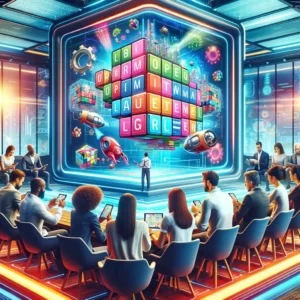


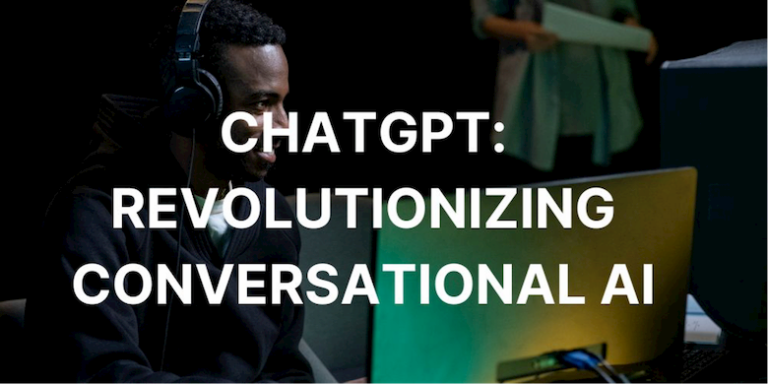
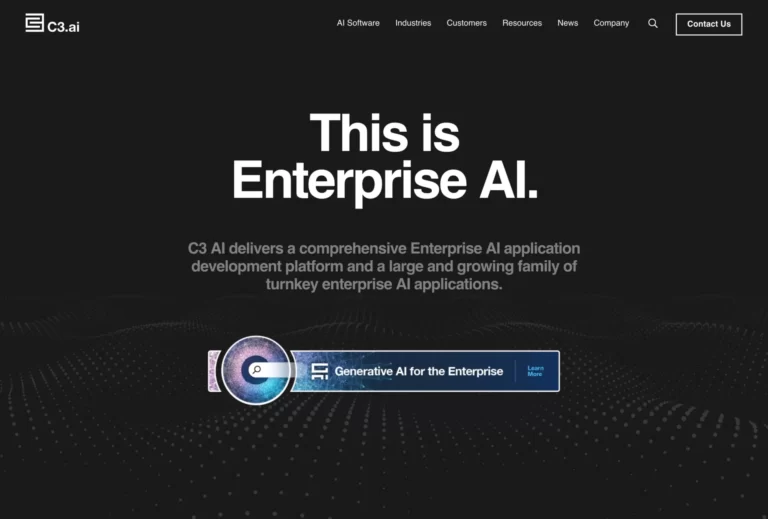



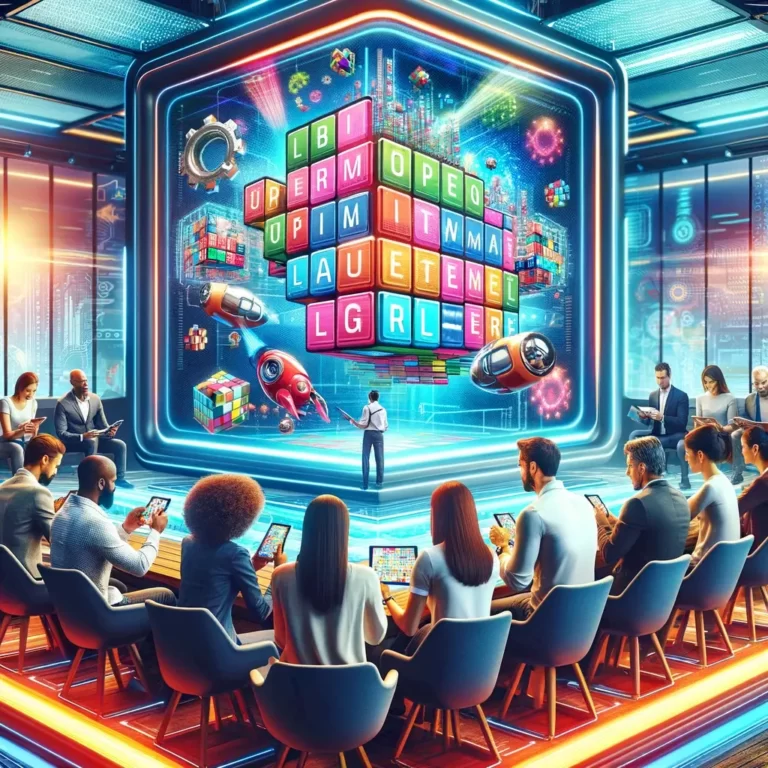




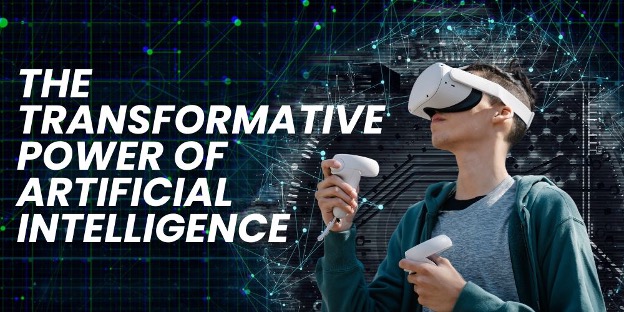
+ There are no comments
Add yours